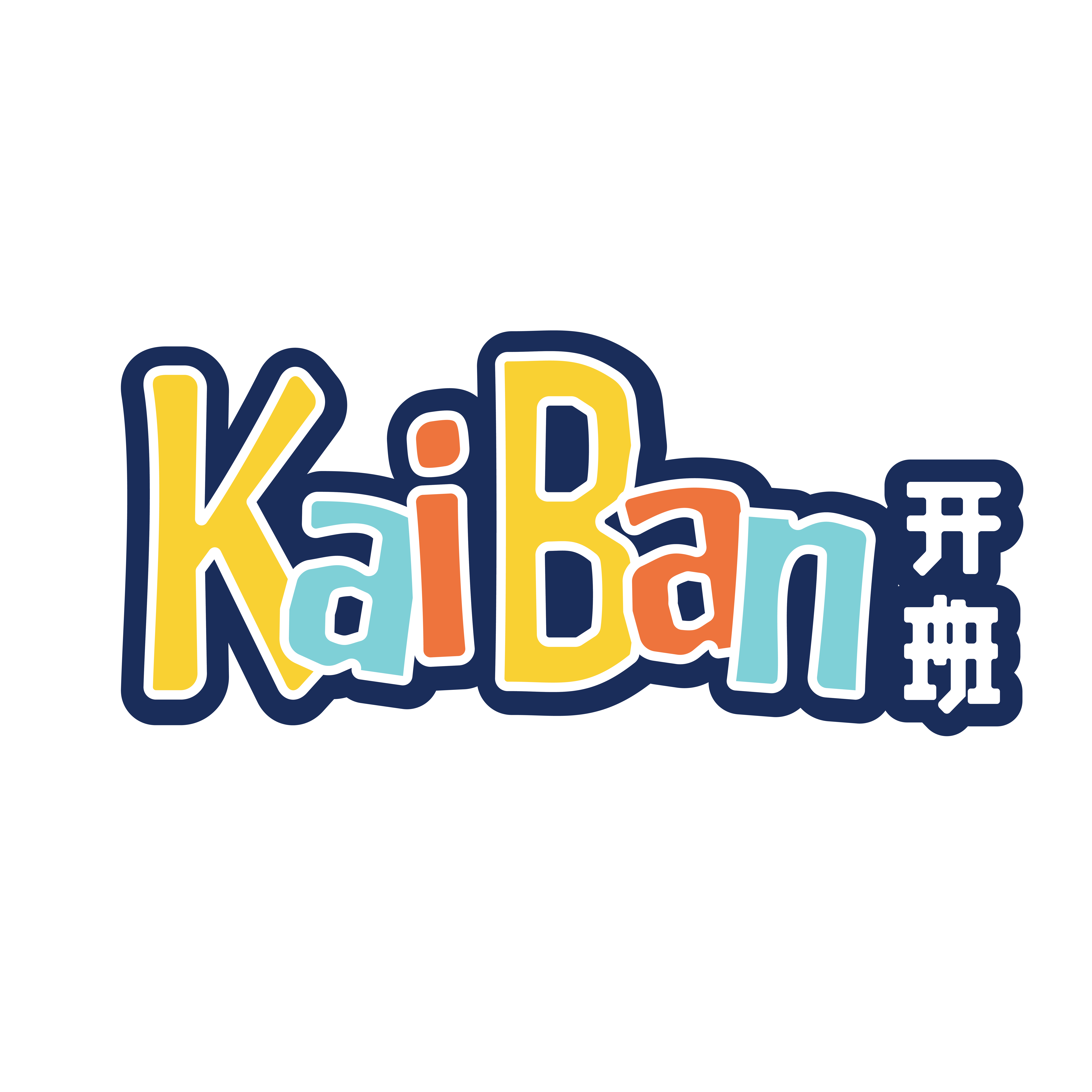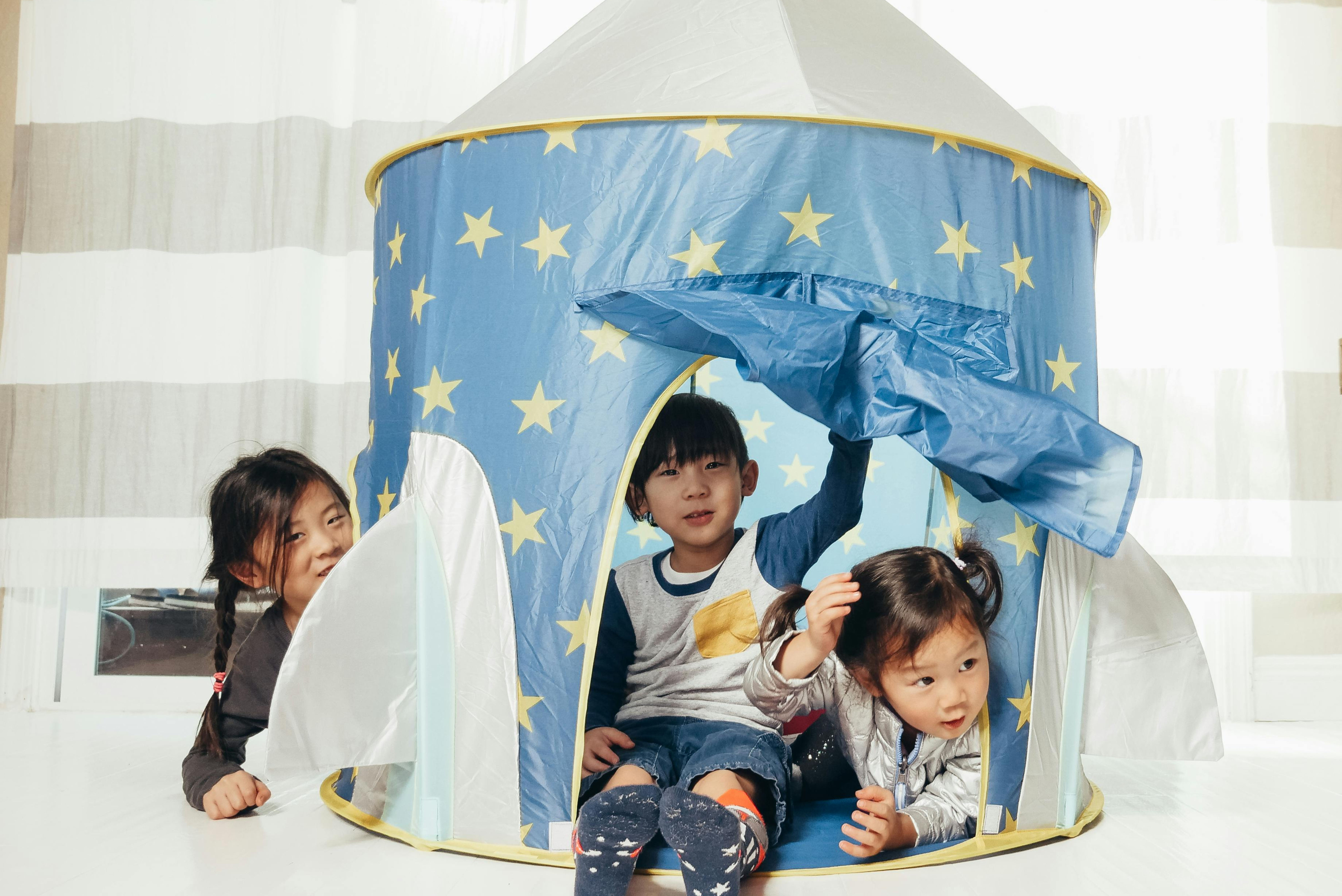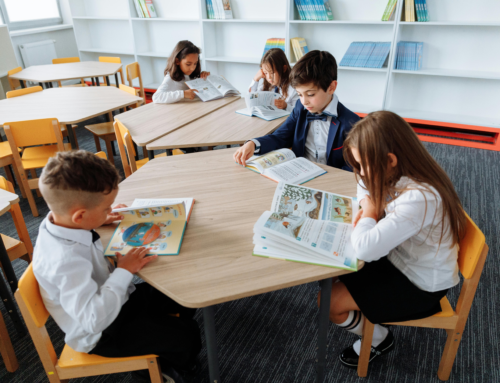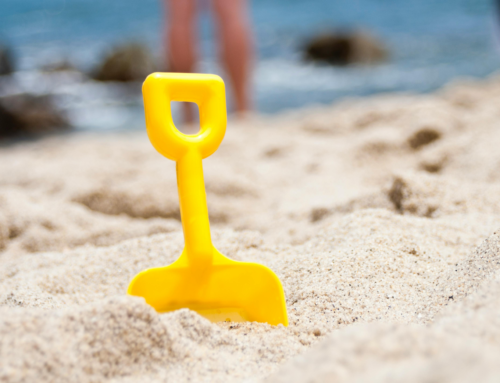Creative play is at the heart of learning, and KaiBan Auntie KiKi and Little Dragon are excited to nurture a world where curiosity and imagination thrive! In a time when structured learning and digital distractions dominate, creative play shines as a gateway to exploration, self-expression, and essential skill-building for young minds. Whether through role-playing, pretend play, or artistic expression, it fosters problem-solving, communication, and social development—all while keeping playtime fun and engaging. In this blog, we’ll dive into the importance of creative play, its impact on child development, and simple ways to incorporate it into everyday life.
Creative play benefits children both at home and beyond, fostering growth, learning, and essential life skills. For more ways to support your child’s development, check out How Extracurricular Activities Can Strengthen Your Child’s Second Language and discover how play and learning go hand in hand.
What is Creative Play?
Creative play refers to any activity that allows children to use their imagination, express themselves freely, and engage in open-ended exploration. Unlike structured activities with defined rules, creative play encourages children to think outside the box, develop problem-solving skills, and create new ideas. Some common examples of creative play include:
- Pretend Play – Playing house, acting as a doctor, or creating imaginary worlds
- Artistic Expression – Drawing, painting, sculpting, and crafting
- Music and Movement – Singing, dancing, and playing with musical instruments
Storytelling and Role Play – Acting out scenarios with dolls, action figures, or even household objects
The Importance of Creative Play in Child Development
Engaging in creative play offers a wealth of developmental benefits that contribute to a child’s growth.
These include:
Cognitive Development
Creative play helps young minds develop critical thinking, problem-solving, and cognitive skills. Activities like puzzle-making, storytelling, and dramatic play enhance cognitive flexibility and encourage children to think in innovative ways.
Social Development
Through group play, children learn to collaborate, share, and navigate social roles. Role-playing games, for instance, help young children understand different perspectives and develop essential communication skills.
Emotional Development
Creative play allows children to express their emotions in a safe and imaginative way. Whether through art, storytelling, or pretend play, children can process their feelings, build confidence, and develop emotional resilience.
Fine and Gross Motor Skills
From finger painting to building with blocks, creative activities enhance hand-eye coordination and fine motor skills. Activities like dancing, playing with large objects, or engaging in role-play can also improve gross motor skills, balance, and coordination.
Language and Communication Skills
Children develop new vocabulary and communication skills as they engage in imaginative play. Whether inventing stories, pretending to be a shopkeeper, or engaging in creative writing, they expand their language skills and ability to articulate ideas.
How to Encourage Play at Home
Fostering an environment that promotes creative play doesn’t require expensive toys or elaborate setups. Everyday objects and simple activities can spark a child’s imagination. Here are some ideas:
Use Everyday Objects for Open-Ended Play
Household items such as cardboard boxes, paper plates, and old clothes can transform into castles, costumes, or even musical instruments. Encouraging children to see new possibilities in simple objects boosts their creativity.
Create a Dedicated Creative Space
Designate an area in your home for artistic and imaginative play. Stock it with art supplies, play materials, and open-ended toys that invite exploration and self-expression.
Encourage Storytelling and Role-Playing
Reading books, acting out fairy tales, or making up stories together strengthens a child’s narrative skills and creativity. Dramatic play also allows children to explore different social roles and develop empathy.
Introduce Music and Movement
Dancing to favorite songs, playing simple rhythm instruments, or engaging in musical storytelling can help children express themselves through movement and sound.
Allow for Self-Directed Play
While structured activities have their place, it’s essential to give children plenty of opportunities for self-directed, open-ended play. Letting them take the lead fosters independence and innovative thinking.
The Long-Term Benefits of Creative Play
As children grow, the skills gained through creative play translate into lifelong advantages. Problem-solving, adaptability, emotional intelligence, and social skills are crucial in both academic and personal success. By nurturing creativity in childhood, we set the foundation for resilient, innovative, and well-rounded individuals.
You have questions? We have answers. Here are a few questions parents with early learners are asking about creative play.
How does creative play support children’s learning and development?
Creative play is a powerful tool for fostering a child’s cognitive, social, and emotional growth. Through activities like role-playing, pretend play, and artistic expression, children develop critical thinking skills, problem-solving abilities, and communication skills. Engaging in imaginative play strengthens their language development, helping them expand their vocabulary and express new ideas.
Why is creativity important in education?
Creative play is essential for children’s learning and development because it fosters critical thinking, problem-solving, and social skills. Through imaginative activities, children learn to express themselves, adapt to new situations, and build confidence. These foundational skills support cognitive growth, emotional resilience, and future success in both academic and real-world settings.
Here are some simple, practical ways parents can encourage creative play using everyday household items:
- Cardboard Box Adventures
- Turn old boxes into cars, spaceships, or castles.
- Let kids decorate them with markers, stickers, or paint.
- Kitchen Utensil Band
- Use pots, pans, and wooden spoons to create a mini music session.
- Encourage kids to experiment with rhythms and beats.
- Sock Puppets & Storytelling
- Use mismatched socks to create puppets with buttons or fabric scraps.
- Have kids put on a puppet show with their own story.
- Outdoor Nature Creations
- Collect leaves, rocks, and sticks to make nature art.
- Use them to create patterns, fairy houses, or play pretend cooking.
- DIY Sensory Bins
- Fill a container with rice, pasta, or beans and add small toys.
- Encourage scooping, sorting, and exploring textures.
- Towel Capes & Dress-Up Fun
- Use towels or scarves as superhero capes or royal robes.
- Let kids role-play as their favorite characters.
- Homemade Playdough or Slime
- Mix flour, salt, and water for DIY playdough.
- Add food coloring or glitter for extra fun.
- Recycled Art Station
- Keep paper rolls, egg cartons, and bottle caps for craft projects.
- Let kids build robots, animals, or whatever their imagination sparks.
- Mirror & Shadow Play
- Use a flashlight and household objects to make shadow puppets.
- Let kids create shapes and stories with their hands.
- DIY Obstacle Course
- Use pillows, chairs, and blankets to create an indoor obstacle course.
- Encourage jumping, crawling, and balancing for active fun.
Creative play is more than just fun; it’s a powerful tool for learning, development, and self-expression. Whether through role-playing, artistic activities, or imaginative storytelling, fostering an environment rich in creative opportunities benefits children in countless ways. As parents and educators, embracing and encouraging creative play can unlock a world of growth and joy for young minds. Looking for More Inspiration? At KaiBan, we believe in the power of play-based learning to help children develop essential skills. Follow us for more creative play ideas, activities, and resources designed to support young learners on their developmental journey!






